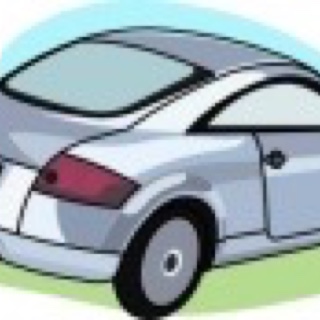Information
Commentary Drive List
-
Commentary drive list is simply a verbal running commentary whilst driving
-
Document No.
-
Name Driver
-
Name Evaluator
-
Conducted on
-
Location
Pre Trip Vehicle Inspection Questions ( answer Yes, No or NA)
-
1. Mirrors ( rear view , driver's side, passenger's side)
-
Are they checked?
-
2. Tyres
-
Are they checked?
-
3. Horn
-
Are they checked?
-
4. Windshield
-
Are they checked?
-
5. Fuel Gauge
-
Are they checked?
-
6. Lights ( headlights, reverse lights)
-
Are they checked?
-
7. Turning Lights
-
Are they checked?
-
8. Seatbelts
-
Are they checked?
-
9. Fluid Levels
-
Are they checked?
Driving Skills Assessment
-
1. Anticipation: looks for 10 to 12 seconds ahead
-
-
2. Mirrors: scans mirrors every 5 to 8 seconds
-
-
3. Following distance: keeps 2 to 4 second space cushion
-
-
4. Stops: breaks early ( legal, traffic, signal courtesy) and keeps a car length cushion
-
-
5. Head checks: performs head check before/during lane changes , turns , reversing, parking
-
-
6. Traffic lights: demonstrates "Point of Decision" ( go/no go)
-
-
7. R-L-R: looks right-left-right before and while passing through inersections
-
-
8. Starts: allows the car in front a two second lead to create a cushion
-
-
9. Eye contact: uses horn and / or lights to establish eye contact
-
-
10. Speed control: maintains speed and cushion
-
-
11. Risks: identifies actual / potential hazards
-
-
12. Passing and reversing : passes safely and avoid reversing
-
-
13. Circle of safety: scans parked cars and pulls through or reverse parks
-
-
14. Instruments and gauges: does not abuse the vehicle
-
-
15. Weather: increases following distance when foggy or wet
-
Driver Verbalisation Score
-
General Comments
-
Signature of Driver















